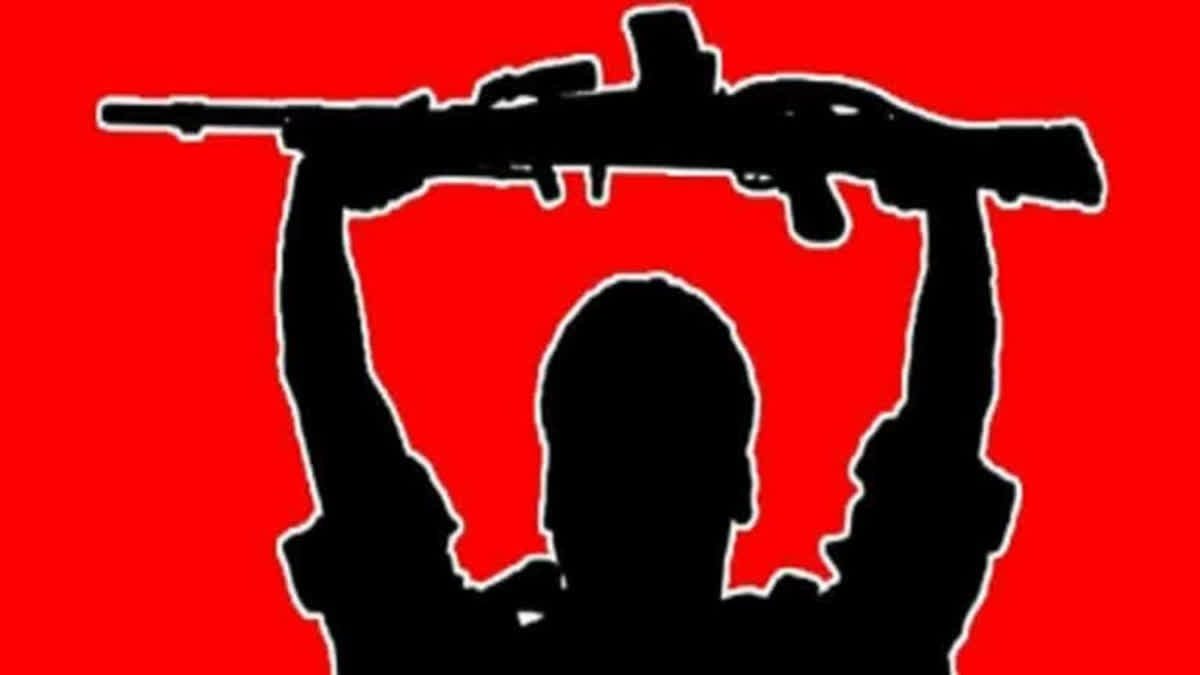New Delhi: The revelation was made in an Intelligence Bureau (IB) report submitted to the Union Ministry of Home Affairs (MHA) days after IED blasts carried out by Maoists, which killed 10 Security Force personnel and one civilian in Chhattisgarh. "These organisations are currently playing an active role in mobilising the tribals for agitations against the security camps coming up in Maoists stronghold," a senior intelligence official told ETV Bharat on Monday quoting from the IB report.
The frontal organisations and their fraction members have been time and again identified, kept under surveillance and prosecuted as per law.
"However, they continue to exist with reduced vigour, nevertheless, still trying to advance the Maoists ideology in non-forest areas as and when possible," the official said.
Though gradually weakening, the Maoists have been successful in retaining the Dandakaranya Special Zonal Committee (DKSZC) as a guerrilla base. "It is a bit challenging for the government and its security forces to tackle Maoists in their strongholds. The problem needs to be tackled at various levels," the official said. The DKSZC has an area of 1,00,000 square km in Chhattisgarh, bordering erstwhile Andhra Pradesh, Maharashtra and Odisha. "This area continues to be the last stronghold currently remaining for the Maoists after facing losses in other parts of the country," the official said.
Also read: Maoists planned to avenge Apr 3 killings: Intelligence suggested major attack in Chhattisgarh
The report said that in the east regional bureau (one of the regional bureaus of Maoists), the security forces have had success in the recent past, including the arrests of several Central Committee members. Mithilesh Mehta alias Bhikari, Vijay Arya alias Jaspal and Arun Kumar Bhattacharya alias Kanchan responsible for Maoist activities in the Jharkhand-Chhattisgarh border, Bihar-Uttar Pradesh border, and Assam respectively were apprehended in the addition to Prashant Bose alias Kishan Da. "The efforts by Maoists to regain ground in these erstwhile strongholds by strengthening the organisational network has not found any success," the report noted.
A full-scale operation of the South Regional Bureau has always been one of the unfulfilled agendas of CPI Maoists. Though formed in the name of South West Regional Bureau in 2002, it was changed to South Regional Bureau in 2018. However, the Maoists have failed to make any inroads into this tri-junction area of Karnataka, Kerala and Tamil Nadu due to frequent losses of top leadership. Significantly, the North Regional Bureau has always been a nominal bureau without any full-time active cadres.
"Hence, the only stronghold where CPI Maoists are strong and posing a greater challenge to the security forces is the DKSZC of the Central Regional Bureau," the report noted. It further said that the Dandakaranya Special Zonal Committee, which encompasses a vast area with hilly terrain and thick forest continues to shelter a significant number of Central Committee members. Almost 80 per cent of the Central Committee members are stationed in DKSZC.
"DKSZC is further divided into three Sub-zonal Bureaus, nine Divisional Committees and 32 Area Committees, covering districts in Chhattisgarh and Maharashtra and Odisha," the report stated. The report further said that several initiatives taken by the Maoists like distributing seeds, fertilisers, digging wells, etc won the hearts of the tribals in these areas.
"Diversification of frontal organisation covering a wide range of masses and unorganised sectors consequently making surveillance an arduous task," the report said. The government's decision to ban several frontal organisations of Maoists has also led to the emergence of several mass-based organisations like Radical Students Union (banned) reshaped as Telangana Vidyarthi Vedika the report added.



